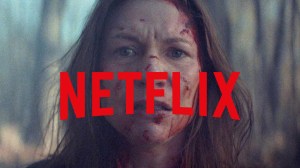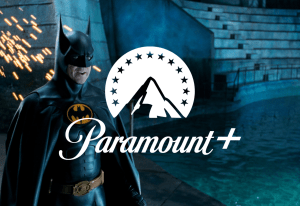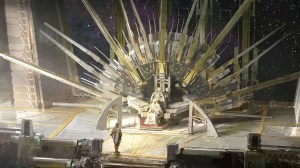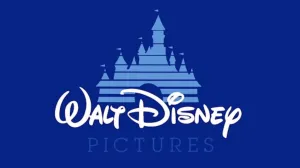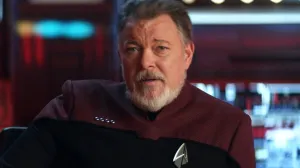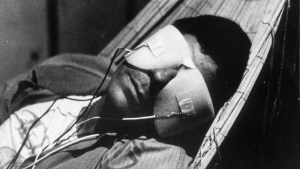When The CW introduced Hawkman and Hawkgirl in 2015, it marked an ambitious expansion of the Arrowverse into DC Comics’ mystical realm. The arrival of Carter Hall (Falk Hentschel) and Kendra Saunders (Ciara Renée) during a crossover between The Flash and Arrow promised to add depth to a shared universe that, until then, had focused primarily on street-level vigilantes and metahumans. These immortal warriors, reborn throughout history, had the potential to explore themes of destiny, identity, and heroic legacy. However, nearly a decade later, their portrayal has become emblematic of how even the most promising comic book adaptations can go astray, with fans still lamenting the wasted potential of two of DC’s most enduring heroes.
Videos by ComicBook.com
The seeds of this disappointment were planted from the very beginning, with the show’s decision to fundamentally alter the dynamic between the two characters. In the comics, both Hawkman and Hawkgirl are confident warriors who share an equal partnership forged through centuries of reincarnation. The Arrowverse, however, chose to introduce Kendra Saunders as an unsuspecting barista at CC Jitters, unaware of her destiny as a reincarnated Egyptian priestess. Meanwhile, Carter Hall arrived fully formed, with complete knowledge of their shared history and supernatural abilities. This imbalance created a problematic power dynamic that would define their entire arc, with Carter constantly pushing Kendra to embrace both her powers and their predestined romance, often at the expense of her agency.
Lost in Translation: How the Arrowverse Failed Its Winged Warriors
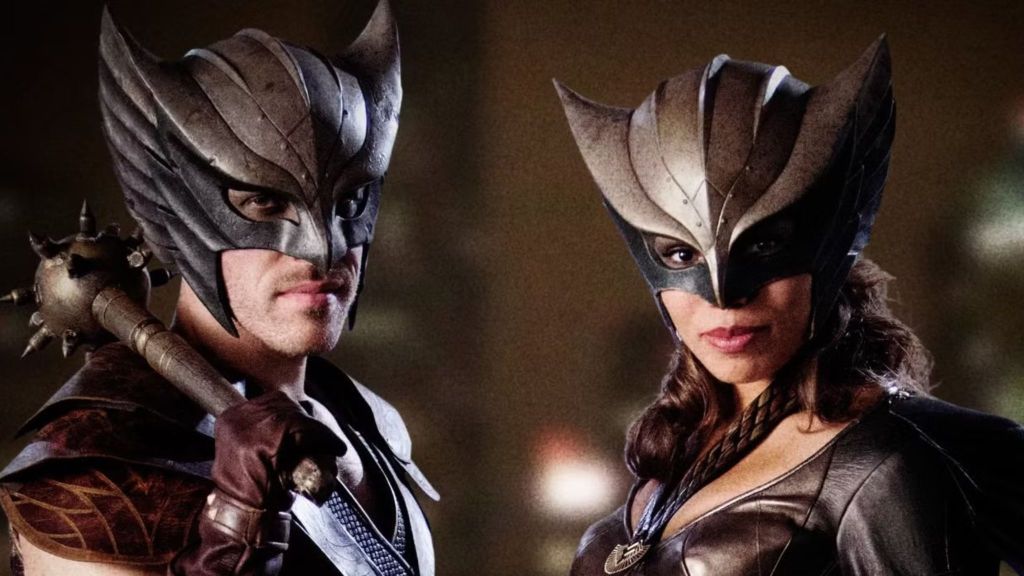
The transformation of Hawkman and Hawkgirl from page to screen in the Arrowverse reveals a fundamental misunderstanding of what makes them compelling. In DC comics, Carter Hall is more than just a reincarnated warrior. He’s a brilliant archaeologist whose expertise spans centuries, allowing him to bridge the ancient world with the modern era. Similarly, Kendra Saunders is renowned for her independence and tactical prowess, with her warrior spirit serving as her defining characteristic rather than her romantic destiny.
“Instead of making Kendra Saunders the fierce, independent warrior she is in the comics, they turned her into a glorified damsel whose entire story revolved around Carter,” notes Reddit user Embarrassed-Zone-361, capturing the frustration of longtime fans who watched these rich characters become one-dimensional versions of themselves.
[RELATED: Remembering DC’s Arrowverse & What It Did for Superhero TV]
This simplification became even more apparent when both characters joined Legends of Tomorrow. The show’s time-travel premise offered a perfect opportunity to explore their centuries-spanning history and showcase why they’re considered among DC’s greatest warriors. Instead, the writers became fixated on a love triangle between Kendra, Carter, and Ray Palmer (Brandon Routh). This narrative choice diminished both characters and undermined the mythological weight of their curse. Rather than depicting their eternal cycle of death and rebirth as a profound tragedy that spurred them to become heroes, it became merely a plot device to create romantic tension.
The handling of Carter’s character proved particularly problematic as his repeated deaths and resurrections became increasingly meaningless. Each time he returned, it felt less like an exploration of their immortal nature and more like a way to remind viewers of Kendra’s destined path. The same fan points out that Carter’s role devolved into someone who “just kept showing up, telling her what to do, and then dying again,” reducing a complex character to a plot device. Even when the show introduced Vandal Savage (Casper Frederik Crump), their immortal nemesis, as the first season’s main antagonist, it failed to elevate either character beyond their romantic entanglement.
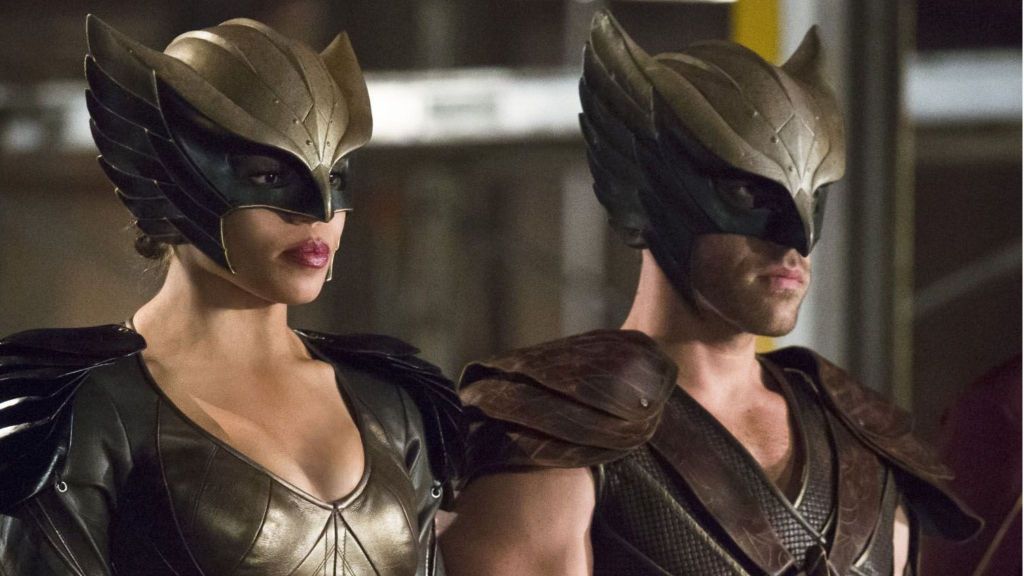
The introduction of Carter’s reincarnation as Scythian Torvil later in the series could have provided a fresh perspective on their eternal bond. There was a chance to explore how a new incarnation might forge his own path, separate from the destiny that had defined him for millennia. However, the writers ultimately retreated to familiar territory, using this potential turning point to reinforce the same predestined love story that had already grown stale. This decision perfectly encapsulates how the show consistently chose the easiest narrative path over the more challenging but potentially rewarding character development of Hawkman and Hawkgirl.
[RELATED: I Think Creature Commandos Owes A Lot To Legends Of Tomorrow]
After leaving Legends of Tomorrow, neither character received proper closure or development in the broader Arrowverse. Their departure, while presented as a happy ending, left many questions unanswered about their roles as heroes and their impact on the wider universe. Occasional references and brief appearances in later seasons only served to remind viewers of the rich storytelling possibilities that remained unexplored. Because of that, the treatment of Hawkman and Hawkgirl stands as a cautionary tale about the importance of understanding what makes comic book characters endure before adapting them for television.
DC’s Legends of Tomorrow is currently available for streaming on Netflix, while the episodes of The Flash and Arrow featuring Hawkman and Hawkgirl can be found on Netflix and The CW app.

